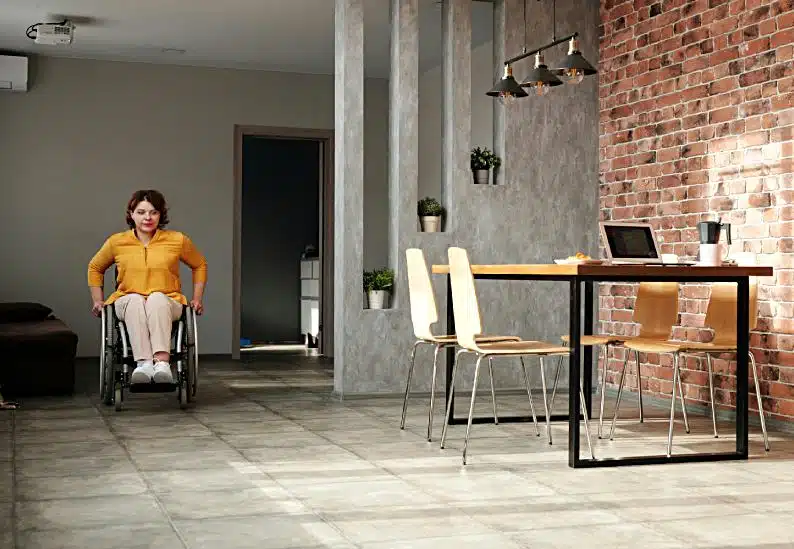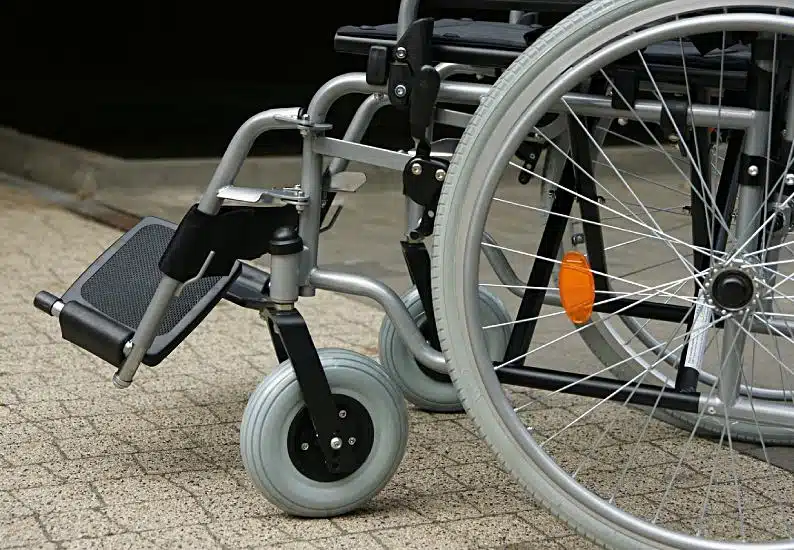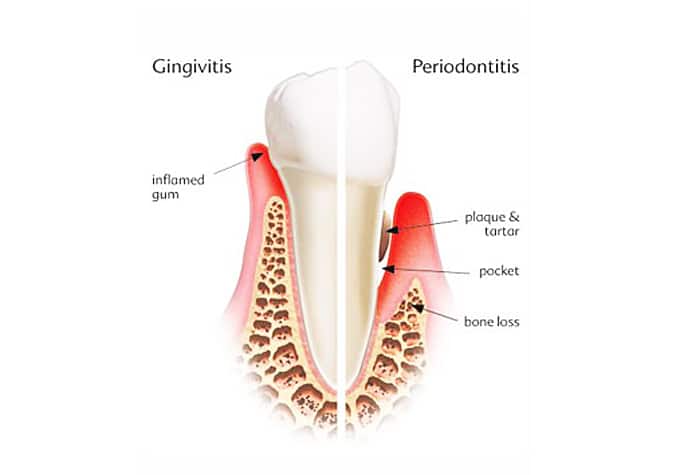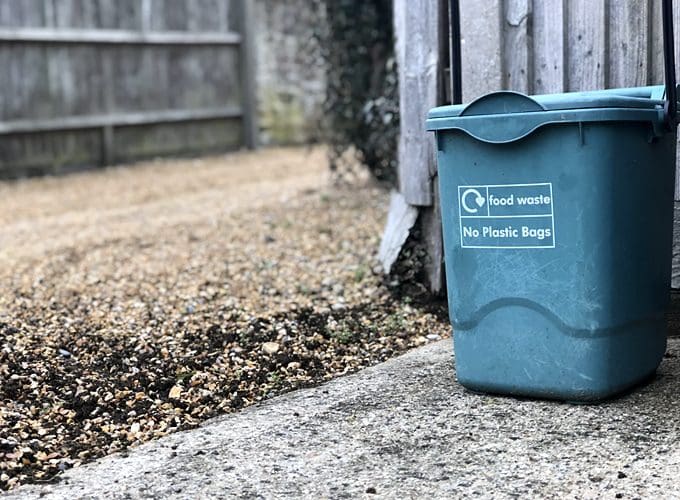words Alexa Wang
Home is where the heart is, they say. It’s the sanctuary where we seek refuge, find solace, and create lasting memories with loved ones. But for many individuals with disabilities, navigating their homes can be fraught with challenges and obstacles. That’s why ensuring accessibility isn’t just a matter of convenience—it’s a fundamental aspect of creating inclusive living spaces that accommodate diverse needs. In this article, we’ll explore the profound importance of ensuring accessibility in your home, from enhancing quality of life to promoting independence and fostering inclusivity.
Enhancing Quality of Life
Ensuring accessibility in your home isn’t just about physical modifications; it’s about enhancing the overall quality of life for individuals with disabilities. Picture being able to move freely and independently, without barriers impeding your every move. By implementing accessibility features such as ramps, widened doorways, and lever-style door handles, you create an environment where individuals with disabilities can navigate their homes with confidence and dignity. These modifications not only facilitate ease of movement but also promote a sense of autonomy and well-being, allowing individuals to engage more fully in daily activities and interact with their surroundings on their terms.
Moreover, accessibility features extend beyond the physical environment to encompass sensory considerations as well. For individuals with visual or auditory impairments, incorporating features such as braille signage, audible alarms, and tactile indicators can significantly enhance their ability to navigate and interact with their surroundings independently.
Promoting Independence
Independence is a cherished aspect of personal dignity and self-esteem. By ensuring accessibility in your home, you empower individuals with disabilities to carry out daily tasks autonomously, without having to rely on constant assistance. Simple modifications such as installing grab bars in bathrooms, adjusting countertop heights, and incorporating smart home technology can make a world of difference in promoting independence and self-sufficiency.
For individuals with mobility impairments, features such as stairlifts, wheelchair ramps, and accessible bathrooms can significantly enhance their ability to move around their homes with ease and confidence. New Zealand residents can avail of government-funded grants to cover the cost of mobility modifications through their home insulation and heating program. For those needing further assistance in navigating multi-level homes, exploring the top wheelchair lift NZ providers presents an ideal solution. They offer a range of solutions tailored to meet individual needs, ensuring that every corner of the home is accessible to those using wheelchairs or other mobility aids.
Ensuring Safety and Security
Accessibility features not only enhance convenience but also play a crucial role in ensuring the safety and security of occupants within the home. Well-designed ramps, handrails, and grab bars can help prevent falls and accidents, especially for elderly individuals or those with mobility issues. By removing physical barriers and hazards, you create a safer living environment where everyone can move around with confidence and peace of mind.
Moreover, accessible entryways and emergency exits enable swift evacuation in the event of emergencies, ensuring the safety of all occupants, including those with disabilities. By incorporating features such as wider doorways, step-free entrances, and accessible pathways, you ensure that individuals with disabilities can evacuate quickly and efficiently, without being hindered by architectural barriers. In addition to physical safety, accessibility features also contribute to emotional security by creating environments where individuals with disabilities feel valued, respected, and included.
Facilitating Aging in Place
As the population ages, the importance of ensuring accessibility in the home becomes increasingly evident. Many seniors wish to remain in their homes as they grow older, a concept known as “aging in place.” By incorporating accessibility features into your home design, you can facilitate this desire, enabling older adults to live independently and comfortably in their own homes for longer periods Features such as stairlifts widened doorways, and zero-step entrances can accommodate the changing needs of aging individuals, allowing them to navigate their homes safely and comfortably.
Furthermore, aging in place can have numerous benefits for seniors, including greater autonomy, improved mental health, and enhanced social connectedness. By creating an accessible living environment that caters to the needs of aging individuals, you enable them to maintain their quality of life and age with dignity in the comfort of their own homes.
Increasing Property Value and Marketability
Investing in accessibility features can also yield practical benefits in terms of property value and marketability. As the population ages and awareness of accessibility issues grows, homes equipped with inclusive design elements become increasingly desirable in the real estate market. Features such as step-free entrances, widened doorways, and accessible bathrooms can appeal to a broader range of potential buyers, including individuals with disabilities, seniors, and families with young children.
Moreover, accessible homes demonstrate a commitment to social responsibility and inclusivity, resonating positively with socially conscious buyers. By investing in accessibility features, you not only enhance the usability and livability of your home but also increase its resale value and appeal to a wider audience.
Ensuring accessibility in your home is not just a matter of convenience; it’s a fundamental aspect of creating inclusive and welcoming environments for all. By embracing accessibility, you enhance quality of life, promote independence, ensure safety, facilitate aging in place, foster diversity and inclusion, and even increase property value. Whether through simple modifications or comprehensive redesigns, every effort toward accessibility contributes to a more equitable and compassionate society. Let’s strive to make our homes not only beautiful but truly accessible to everyone.






